I absolutely love the way gardens appeal to all our senses, but it’s the sweet fragrance that truly captivates me. While there are plenty of delightful scents to be found in gardens, flowers immediately come to mind. However, not all flowers have a scent to offer. For those who are more interested in the aroma aspect of gardening, here are my top picks for 22 wonderfully fragrant flowers.
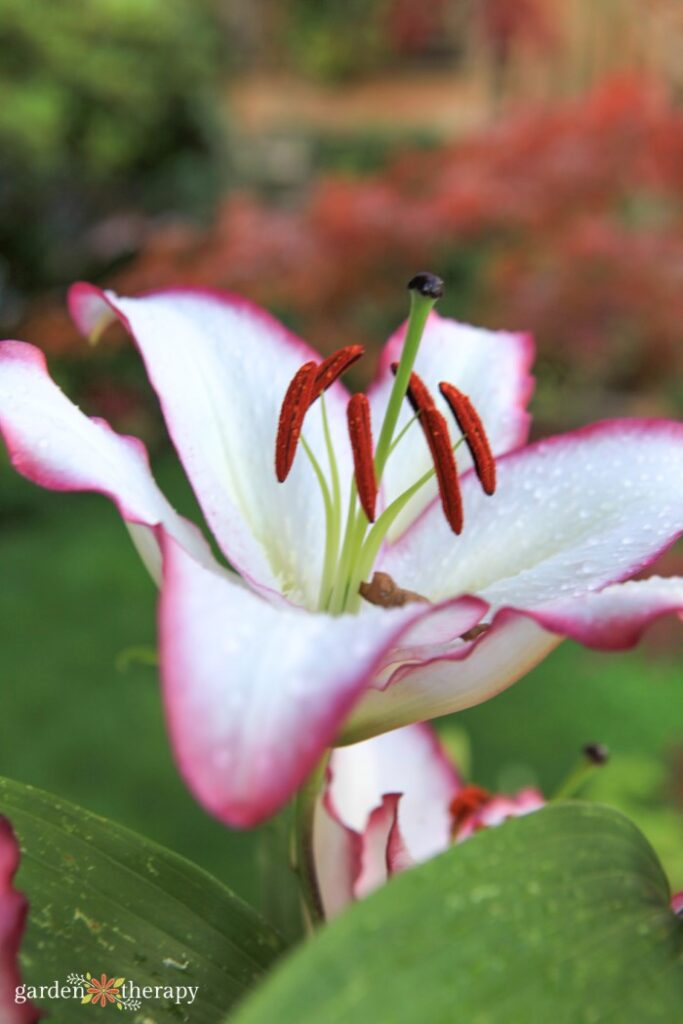
Observing other plant enthusiasts interacting with plants is a delightful sight for me. Their eyes light up when they spot a beautiful flower, and they eagerly approach it with quickened steps. They caress the leaves and petals before leaning in to take a whiff of the alluring fragrance.
Our connection with gardens extends beyond just visual appreciation; we use all our senses to enjoy them. Although sight takes precedence, our sense of touch, taste, sound, and smell also provide valuable information about the plants. The enticing aroma of flowers serves a biological purpose by attracting pollinators, but it also offers us an opportunity to relish their sweet fragrance. This list highlights 22 heavenly-scented garden flowers that we can savor. In this article, we will explore:
Looking for some tips on how to grow fragrant flowers in your garden? Look no further! Here are 22 varieties of fragrant flowers that you can add to your garden:
1. Heliotrope
2. Sweet Alyssum
3. Stock
4. Scented Geranium
5. Lavender
6. Lily of the Valley
7. Hyacinth
8. Gardenia
9. Rose
10. Lilac
11. Peony
12. Mayday Tree
13. Lilies
14. Sweet Pea
15. Freesia
16. Jasmine
17. Mock Orange
18. Beach Spider Lily
19. Plumeria
20. Honeysuckle
21. Tuberose
22. Magnolia
When planting these flowers, it is important to avoid grouping too many of them together as this may cause sneezing. Instead, use succession planting practices to stagger the bloom times so that you have different fragrant flowers throughout the season. Additionally, some of these fragrant flowers have other beneficial and herbal uses, such as lavender and rose, and can also be used as cut flowers to perfume your home.
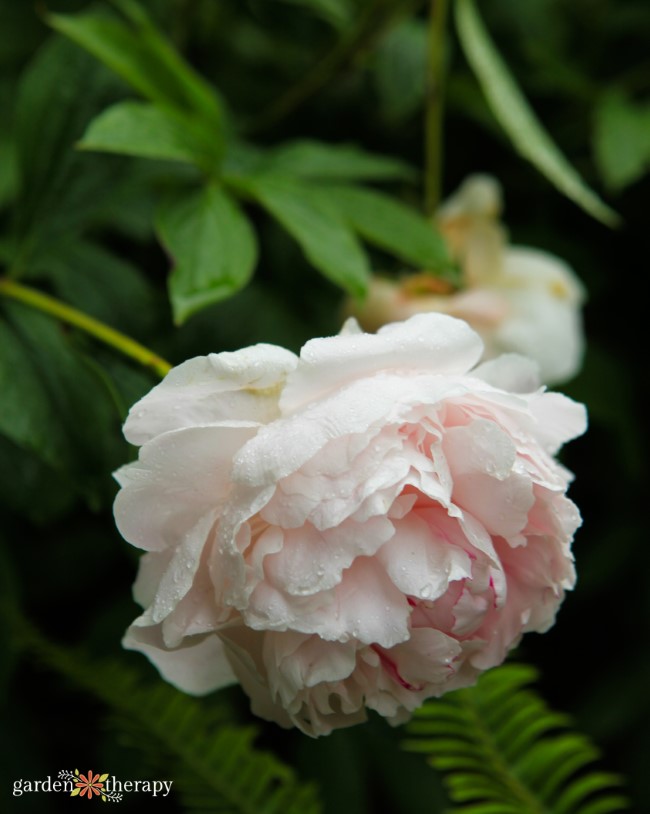
The Pale Pink Double Peony is a lovely addition to any garden, offering both beauty and fragrance. By incorporating fragrant flowers into your garden, you’ll enhance your sensory experience while surrounded by nature. One great option is the Heliotrope, an annual flower that will add a delightful aroma to your outdoor space.
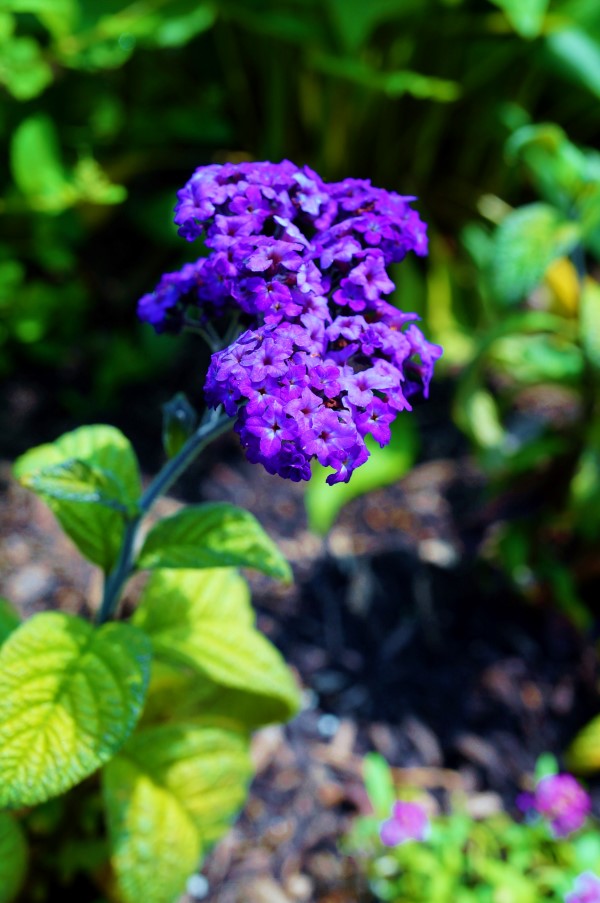
The charming heliotrope plant, once out of fashion, is now experiencing a resurgence in popularity. Its lovely purple hue exudes a delightful aroma reminiscent of almonds or even cherry pie. This annual thrives under full sun but can also adapt to partial shade during scorching summers. It blooms from summer to autumn, infusing a burst of color and fragrance into any annual garden. Another annual plant worth noting is the sweet alyssum, scientifically known as Lobularia maritime.
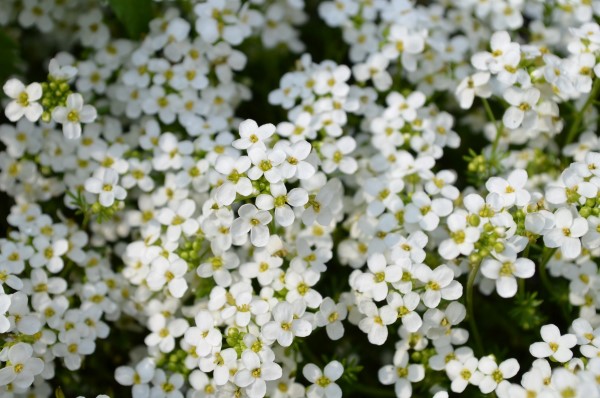
Sweet alyssum is a wonderful choice for adding volume to your floral arrangements or garden beds. These dainty blooms release a gentle, honey-like fragrance that is bound to please your senses. They are easy to take care of and thrive in well-drained soil and sunlight. With minimal effort, you can enjoy the pleasant aroma of these cheerful plants throughout the summer season. Additionally, the stock plant, Matthiola Incana, is suitable for growth in zones 7-10.
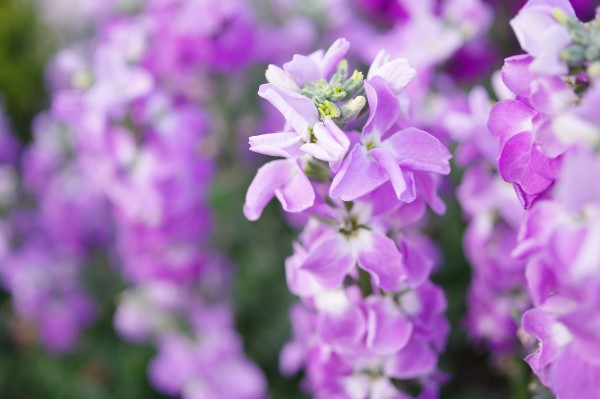
The Matthiola genus contains around 50 different species. Despite being commonly found in grocery store bouquets, these flowers are quite resilient and have a delightful aroma that resembles the spicy scent of cloves. They are highly prized by florists due to their ability to last long as cut flowers and come in a range of colors such as white, pink, purple, yellow, and red. You can easily grow these annuals from seeds during spring or summer in a sunny and well-drained area of your garden. With their continuous blooming season, you’ll have a constant display of beautiful flowers. Another great option for an annual flower is the Scented Geranium (Pelargonium graveolens).
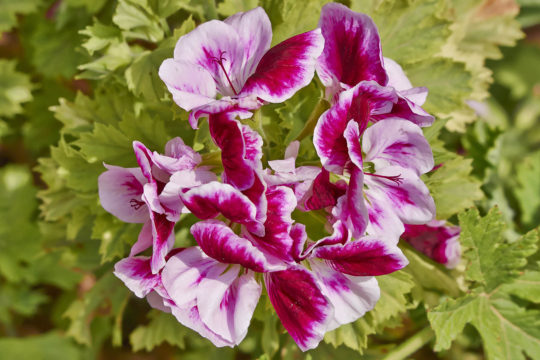
The fragrant geranium plant is capable of replicating scents such as chocolate, pineapple, and rose. The plant’s alluring flowers are not solely responsible for its distinctive scent; it is the leaves of the fragrant geranium that give off the aroma for which it is known. The plant’s fragrance originates from its leaf hairs’ glands, which produce the oils that release the scent when the leaves are crushed. Depending on the variety, the scent can take on an apricot, apple, lemon, mint, or strawberry aroma. These plants prefer full sun to partial shade and bloom throughout late spring and summer. Another fantastic plant to consider is Lavender (Lavandula spp.), which thrives in zones 5-9.
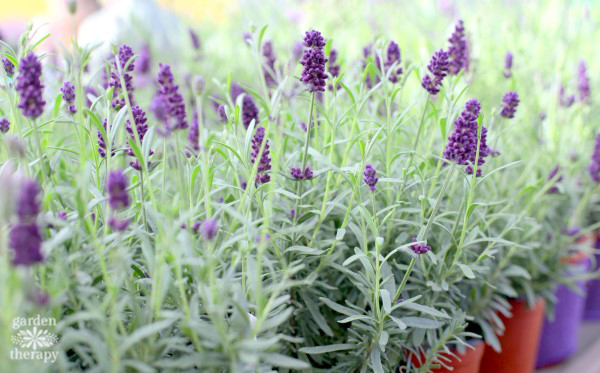
I absolutely adore lavender for its many uses in my beauty concoctions, and the fact that it provides aromatherapy is a bonus. Its delicate, floral fragrance makes it one of the most sought-after herbs, particularly for its fragrant flowers. Lavender essential oil is widely used for its calming properties, which is why it’s so popular. These tall purple flowering plants are perfect for lining walkways or adding to perennial gardens, thanks to their heavenly scent. They thrive in full sun and well-drained soil, but if you live in a humid area with poor soil drainage, growing them in pots is recommended. To ensure the best scent possible, learn how to grow and harvest lavender correctly. Another great plant to consider is Lily of the Valley (Convallaria majalis), which can thrive in zones 2-9.
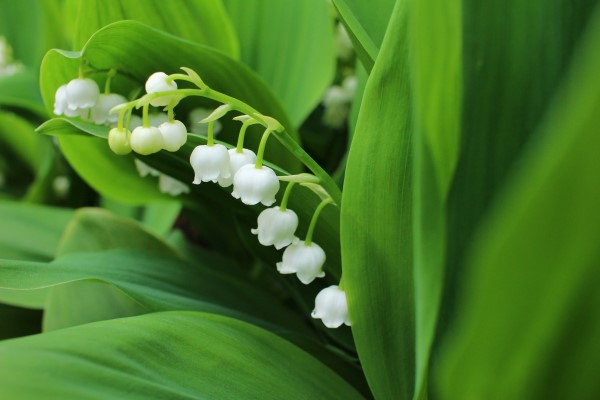
Despite its small size, the lily of the valley flower packs a powerful fragrance that many associate with the arrival of spring. Its sweet and fresh scent is as delicate as the bell-shaped blooms themselves. For optimal growth, plant the bulbs in partially shaded areas with moist soil during the late fall season. Although they can easily naturalize an area, it’s important to note that they can also become invasive. If you’re concerned about this, consider planting them in containers instead – just be sure to provide them with enough light and moisture. Keep in mind that lily of the valley is poisonous, so it’s best to avoid planting it in gardens where children or pets may be present. Another popular spring bulb is the hyacinth, which can thrive in zones 3-9.
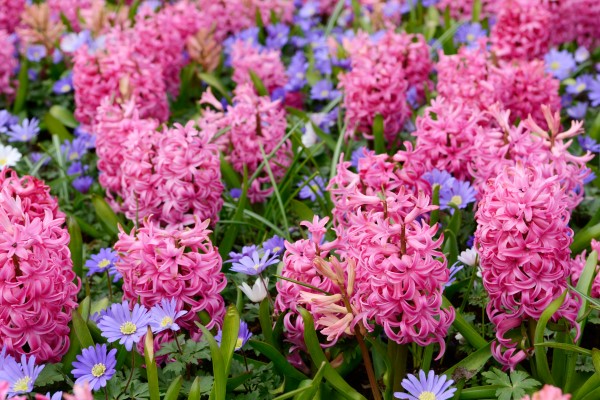
If you want to add some color and fragrance to your home, why not try planting hyacinth bulbs indoors? These beauties come in a variety of deep shades including blue, violet, red, white, orange, pink, or yellow, each with its own light floral scent. Skip the tulips and go for hyacinths instead! Simply plant the bulbs during autumn in well-drained soil under a window or near a walkway where they can enjoy some sun or partial shade. Then, come springtime, you’ll be treated to intoxicatingly fragrant blooms. Don’t forget to also consider adding Gardenia plants to your outdoor garden if you live in zones 8-11.
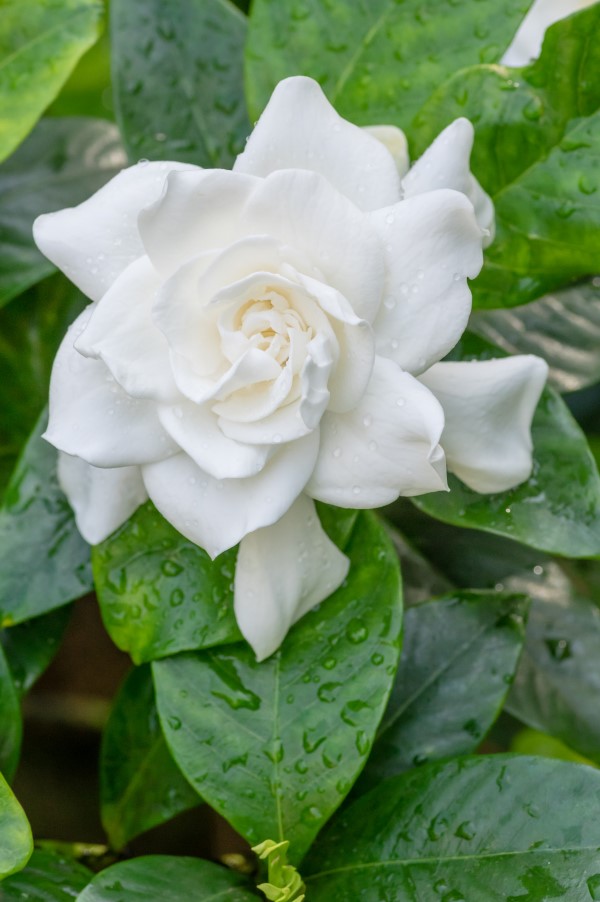
Gardenias are classified as a tender evergreen due to their sensitivity to cold temperatures. These charming shrubs are quite popular in the southern region, but not all areas can sustain them outdoors during severe winters. Nonetheless, gardenias can still be grown in containers and taken indoors to survive the winter season. Despite the extra effort required to grow them, gardenias are definitely worth it for their warm, spicy fragrance that is sure to win your heart. Not to mention, they are also aesthetically pleasing. If you reside in zones 7-11, it is recommended to plant gardenias in partial shade with moist soil that is rich in organic matter and slightly acidic. On the other hand, roses, which can be found in Zone 3-11, have different growing requirements.
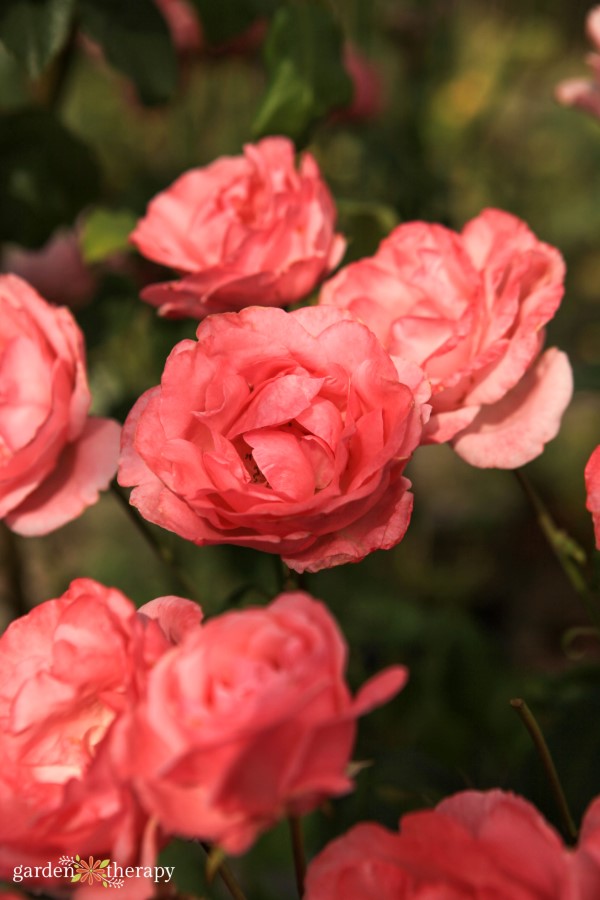
Did you know that roses can do wonders for your skin? They are a must-have for any fragrant garden, and despite common misconceptions, many rose varieties still have their delightful scent. The aroma of roses can vary from anise-like to musky or fruity, depending on the type of rose. With so many colors and growth habits, there is a rose variety out there for every garden, regardless of climate. For instance, in Zone 3, look for “own-root roses” that die back to the root in winter and regrow from their own rootstock. In Zones 10 and 11, search for varieties that don’t require a winter chill to bloom the following year. To grow fragrant roses, make sure they get at least six hours of sun exposure per day and planted in rich, well-drained soil. And let’s not forget about lilacs! These beautiful flowers, which grow well in Zones 3-9, can be a great addition to your garden too.

Did you know that lilac shrubs have the potential to live for over a century? These sweet-smelling plants are a beloved addition to many gardens, thanks to their delightful fragrance and ease of growth. While lilacs come in a range of colors, white and purple remain the most popular choices. Not only are they sturdy and low-maintenance, but they also make excellent cut flowers and attract butterflies. When planting lilacs, be sure to choose a spot with full sun exposure and soil that is fertile, well-draining, and neutral to alkaline. Want to learn more about growing these lovely shrubs? Check out our step-by-step guide! In addition, the Paeonia lactiflora, or peony, is another beautiful plant option for zones 2-8.
AD
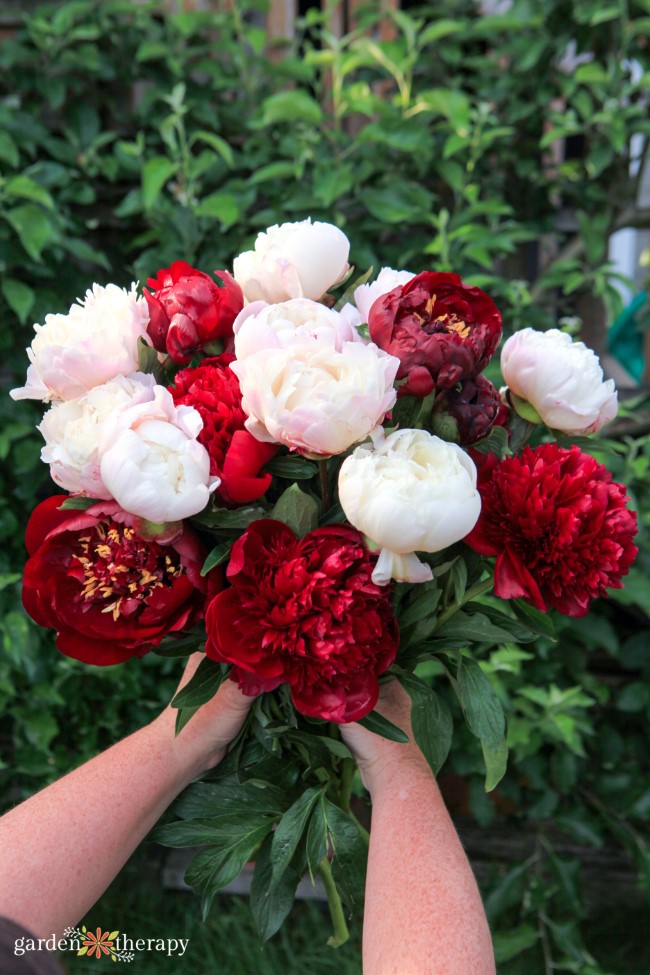
To bring the beauty and fragrance of peony flowers into your home, it’s best to cut them at the “marshmallow stage”. These flowers are not only a symbol of romance but also a favourite among florists due to their unique scent that varies from citrus to rosy, depending on the type you smell. Additionally, some peonies have a milder scent, while others are more robust. They bloom during spring, creating a stunning display, and can become quite prolific once established. Peonies come in various colours, including coral, pink, red, white, and yellow, and there are different types to choose from, such as single, double, anemone, and more.
Apart from shrubs and annuals, planting fragrant trees like the Mayday tree can also add a pleasant aroma to your garden. This small tree produces white flowers with a strong spice scent that attracts bees and birds. Although the small black berries that the flowers turn into are inedible to humans, birds love them, making it an ideal way to support your pollinators and wildlife. Another beautiful and fragrant plant to consider for your garden is lilies. Available in various colours and types, lilies can bloom during summer and fall, adding a delightful fragrance to your outdoor space.
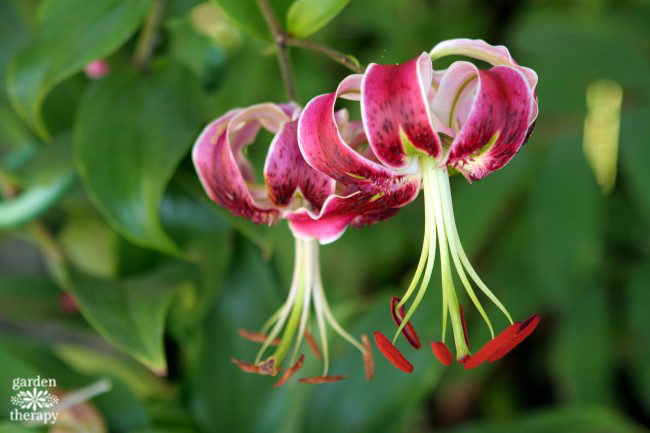
The world of lilies is vast, with a variety of colors and shades to brighten up any garden. Among them is the Asiatic lily, which emits a strong fragrance that quickly dominates any bouquet it’s placed in. However, if you have a cat that loves to explore your garden, it’s best to avoid planting these toxic flowers.
Sweet peas, on the other hand, are a colorful and easy-to-grow option for your garden. These annual flowers come in jewel tones and pastel shades, and can be easily grown from seed. They prefer colder temperatures, making them suitable for planting in the fall or early spring, depending on where you live. Once they start climbing up a fence or trellis, they’ll fill your garden with their sweet aroma every time you’re there.
Finally, the Freesia, another annual flower, is an attractive option for your garden. These flowers come in a wide range of colors and sizes, and are available in both single and double blooms. They’re relatively easy to grow and require minimal maintenance. Plant them in a sunny spot with well-draining soil, and they’ll reward you with beautiful blooms and a lovely fragrance that lasts all season long.
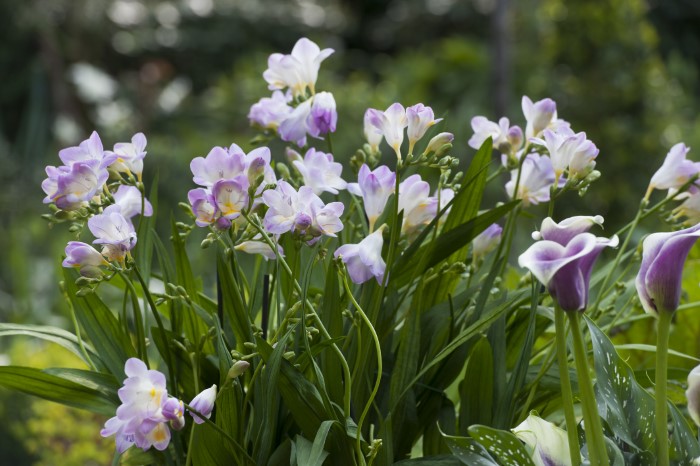
Freesias are known for their signature scent that has made them a popular choice in the world of fragrances and beauty products. The aroma is fresh and lively, with hints of citrus notes. These lovely flowers grow in clusters from a corm and bloom in various colors from June to September. Jasmine is another beautiful flower that thrives in Zones 6-10.
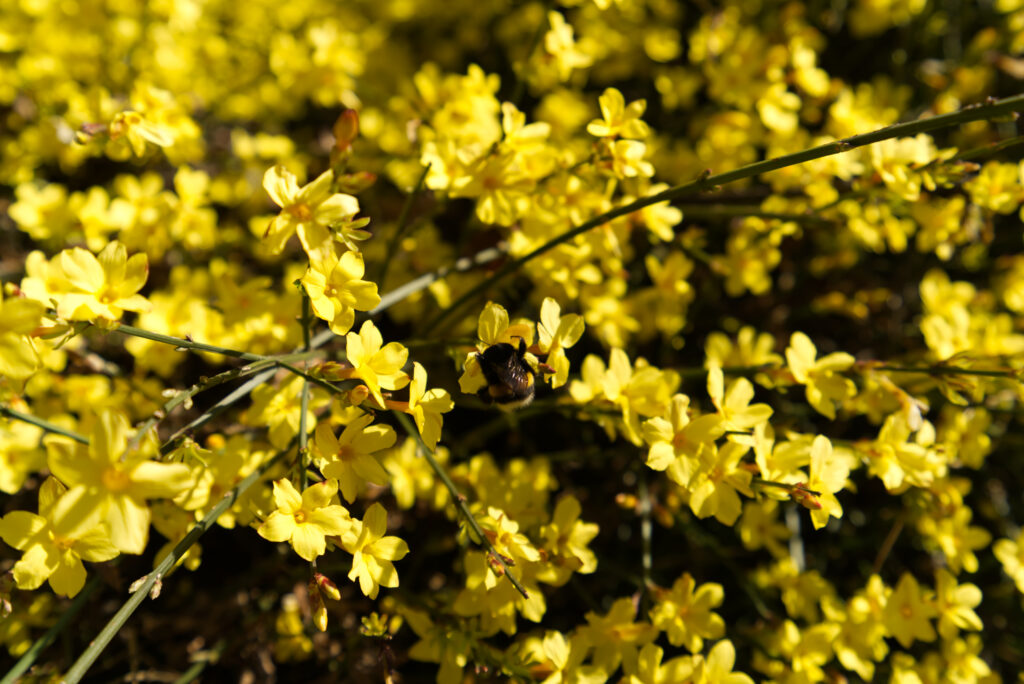
Including Winter Jasmine in a list of fragrant flowers is a must. Its scent is often described as sweet and rich, with a hint of sensuality due to its muskiness. Jasmine comes in various types, whether it’s a shrub or semi-tropical vine, all having a strong and distinctive scent. Some even opt to grow Jasmine as indoor plants. Mock Orange, on the other hand, is a popular ornamental shrub, especially in areas where actual oranges cannot grow. Its white flowers resemble orange blossoms and have a similar fragrance to Jasmine. These shrubs bloom in late spring and early summer and serve as an attraction for butterflies and pollinators. Finally, Beach Spider Lily is another fragrant flower that can thrive in zones 8-10.
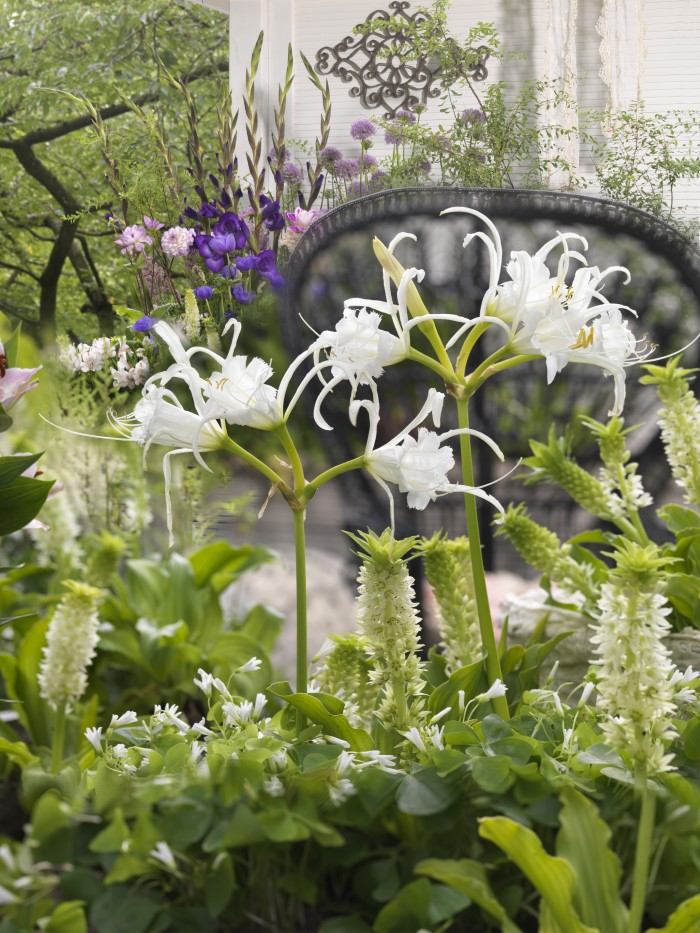
The beach spider lily is a flower that gets its name from its spidery tendrils, and although it’s not a true lily, it still comes from a bulb. Its fragrant white or yellow flowers bloom from mid-June to July, and its leaves look similar to those of an amaryllis. On the other hand, the plumeria, a small shrub that fills the air with its sweet smell, is often used to make leis in Hawaii. Surprisingly, it’s not native to the area, but if you’re lucky enough to live in a semi-tropical climate, you should definitely grow it. Its flowers have five soft and rounded petals that come in various shades of white, yellow, and pink. Lastly, honeysuckle, which can be found in zones 5-9, is a sweet-smelling and versatile plant that can serve as a ground cover or a climbing vine.

The average lifespan of honeysuckle in a garden is around 20 years. As a child, I have fond memories of enjoying the sugary nectar from honeysuckle flowers in the spring. The sweet and citrusy aroma of the vine is strong enough to catch your attention before you spot its bloom. Hummingbirds are particularly fond of this plant during late spring and early summer, and it can be evergreen in warmer regions while deciduous in colder zones. However, it may take up to three years for the plant to produce flowers after planting, but once it blooms, red berries follow soon after.
Tuberose (Polianthes tuberosa) is a delicate flower that grows in zones 8-10. The small white flowers may deceive you, but their fragrance is incomparable to others. It gives off a scent similar to gardenia, with floral, sweet, and spicy notes behind them. Tuberose has gained popularity in the perfume industry due to its unique fragrance, though obtaining a bottle of essential oil from this plant can be expensive. These plants are native to Mexico and Central America, preferring tropical climates. You may still grow them as summer annuals in colder regions.
Magnolia (Magnolia spp.) is a type of plant whose zone varies depending on the variety.
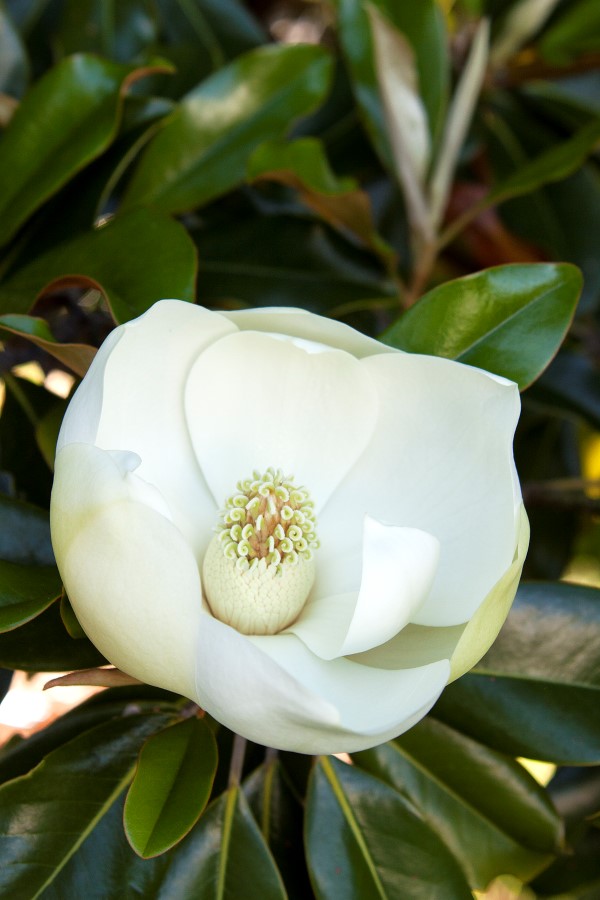
The beauty of Magnolia trees lies in their ability to bloom even before the leaves appear. As someone residing in an area with plenty of Magnolia trees, I can attest to their stunning early spring blooms. However, it’s important to note that not all Magnolias have a strong scent, so it’s crucial to choose a tree with fragrant flowers. For instance, the Anise Magnolia emits a delightful anise lemon aroma and produces white blooms. On the other hand, Southern Magnolia trees boast strikingly large white blooms with a sweet floral and citrusy scent.
